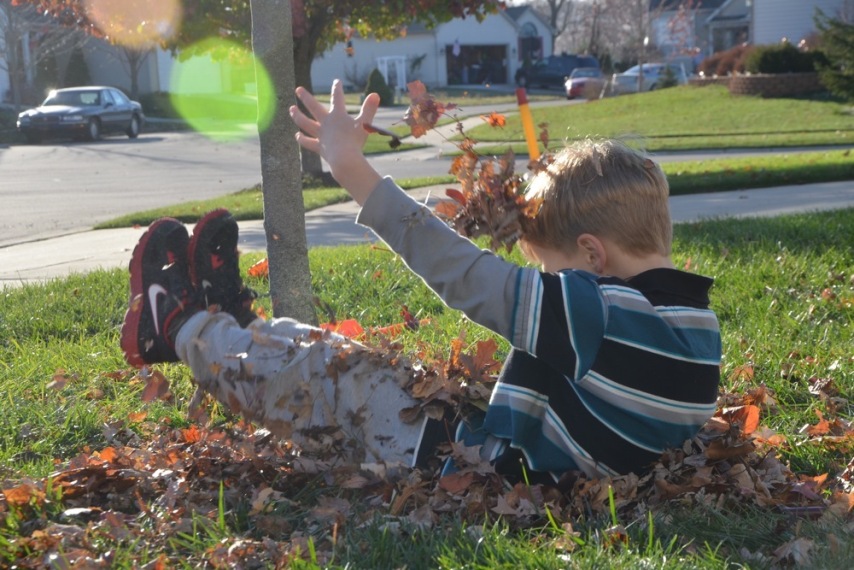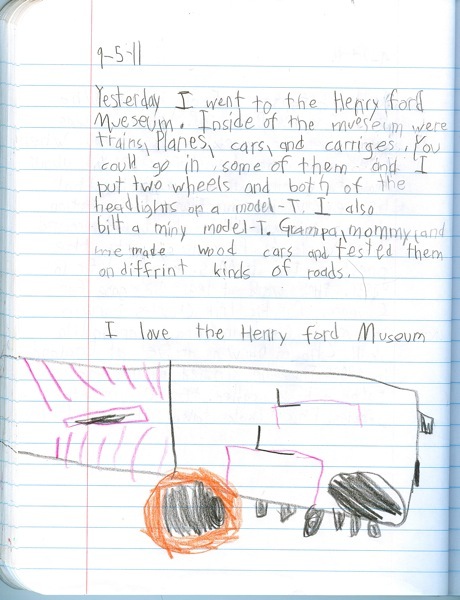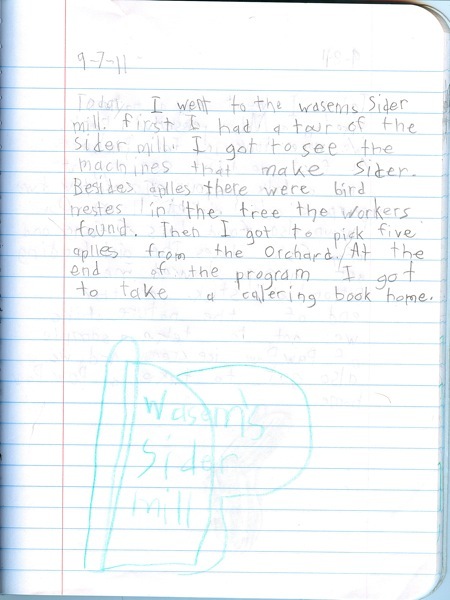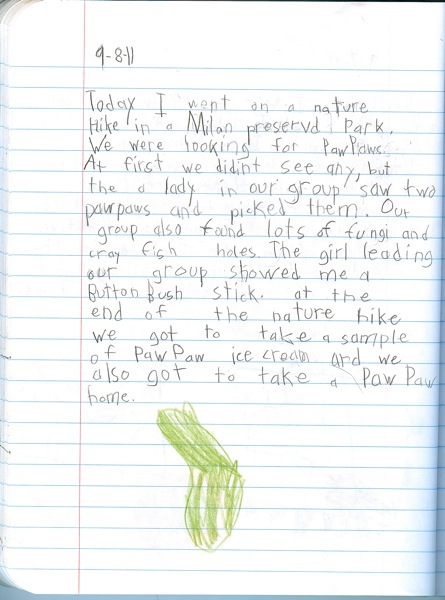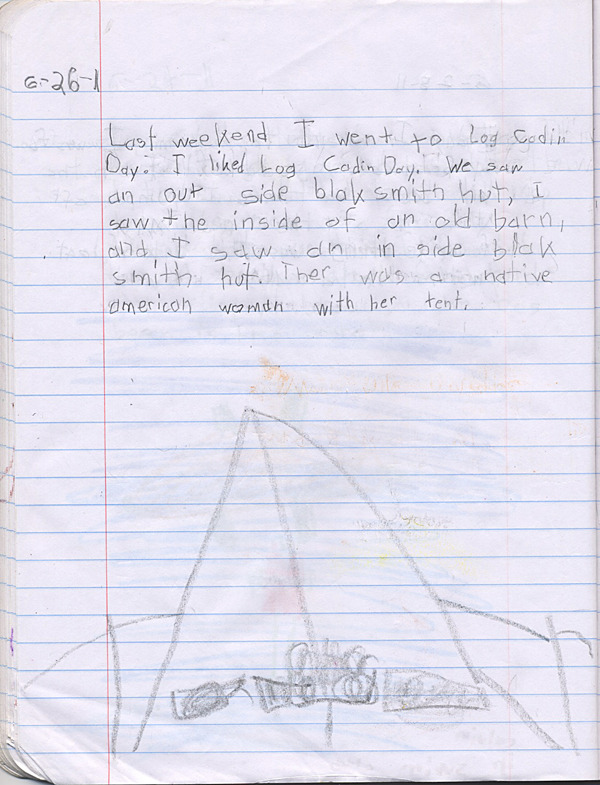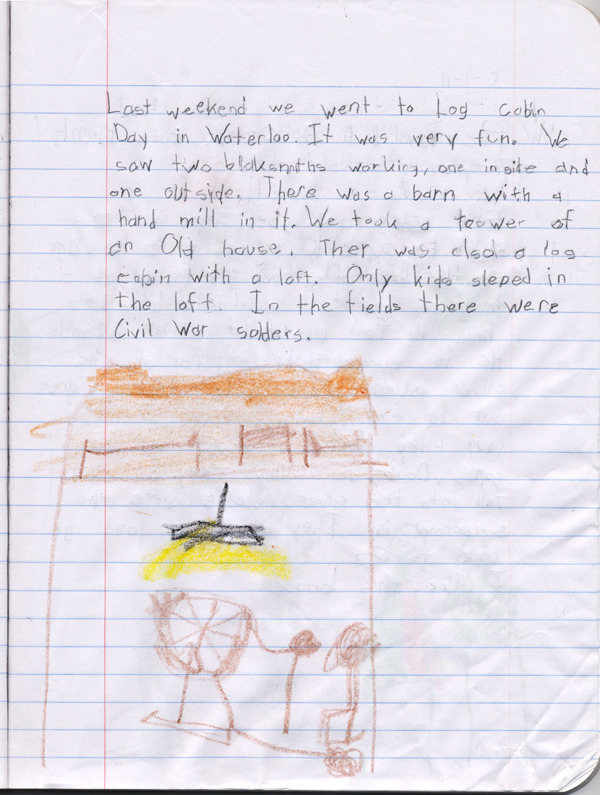Weekly book shelf 3/9/12
Weekly topic reading:
 Gilgamesh the King, The Revenge of Ishtar, and The Last Quest of Gilgamesh make up this trilogy that tells the Epic of Gilgamesh in picture book format. It's a fun way to approach the epic; the illustrations really add to the feel of the era. That being said, Calvin says he enjoyed the chapter book format (listed below) even better. (History)
Gilgamesh the King, The Revenge of Ishtar, and The Last Quest of Gilgamesh make up this trilogy that tells the Epic of Gilgamesh in picture book format. It's a fun way to approach the epic; the illustrations really add to the feel of the era. That being said, Calvin says he enjoyed the chapter book format (listed below) even better. (History)
 This one is really dense with fantastic informaton. It covers exactly what it says in its subtitle: from foraging to farming. The information is great, but we did a lot of skimming because it was pretty text heavy for a young child. (History)
This one is really dense with fantastic informaton. It covers exactly what it says in its subtitle: from foraging to farming. The information is great, but we did a lot of skimming because it was pretty text heavy for a young child. (History)
Reading to himself:
 Geraldine McCaughrean is known for her ability to bring archaic texts to kids without completely washing out their original appeal. If you are looking purely for authenticity, then no, this is not the book for you. And I haven't ever studied any of the texts that are considered relatively authentic so I cannot really draw comparison, but this book maintains some of the integrity of the epic while making it accessible for middle elementary readers. Beware, though—keeping its integrity means there is a bit of violence and gore. Calvin loved it. (History)
Geraldine McCaughrean is known for her ability to bring archaic texts to kids without completely washing out their original appeal. If you are looking purely for authenticity, then no, this is not the book for you. And I haven't ever studied any of the texts that are considered relatively authentic so I cannot really draw comparison, but this book maintains some of the integrity of the epic while making it accessible for middle elementary readers. Beware, though—keeping its integrity means there is a bit of violence and gore. Calvin loved it. (History)
Reading out loud:
 Here is another classic that probably needs no introduction. Norton Juster's award winning story of a boy who travels through a magical world full of whimsy. It is probably best known for its hilarious word play, and that is the reason it so well loved around here.
Here is another classic that probably needs no introduction. Norton Juster's award winning story of a boy who travels through a magical world full of whimsy. It is probably best known for its hilarious word play, and that is the reason it so well loved around here.
 Weekly book shelf | tagged
Weekly book shelf | tagged  Story of the World,
Story of the World,  ancient civilizations,
ancient civilizations,  history
history 




